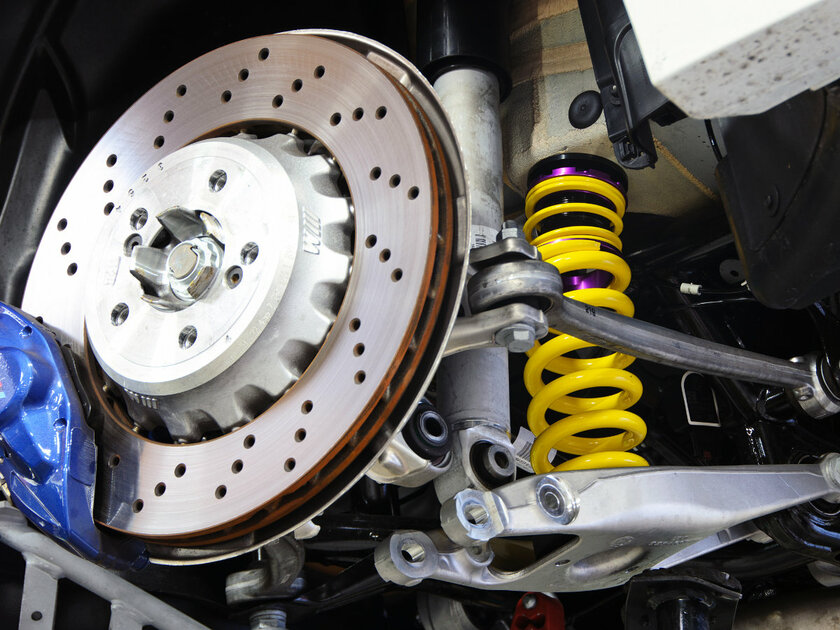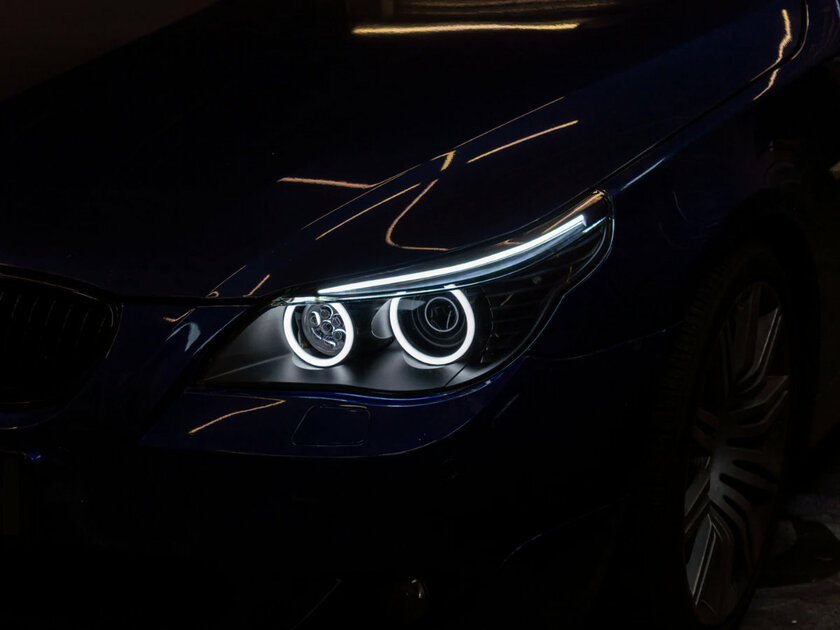When the car is operated in urban conditions, it is most often subjected to much less stress than during long trips mainly on the highway. Usually, getting from home to work is a matter of 15-30 minutes without high engine speeds and emergency braking. When it comes to intercity routes and even crossing several state borders, everything is turned upside down. Moreover, the risks of being with a faulty car in the middle of a field in a completely unfamiliar region are also increasing. All this clearly confirms that any vehicle for a long trip needs to be meticulously prepared. Preferably with a checklist.
1. Checking technical fluids and replacing all necessary
You will most likely need to change the engine oil.
The main technical fluid that is in a car based on an internal combustion engine is engine oil. It is not eternal: usually, according to technical regulations, it is replaced every 15 thousand kilometers, but in domestic realities, the frequency is most often reduced to 10 thousand. Moreover, if the engine is highly loaded (for example, swollen with one or a pair of turbines), it is generally better to change the oil every 5–7.5 thousand kilometers. So, before a long trip, you need to evaluate its duration and, if the replacement comes to the middle, make it in advance.
💡 Of course, you still have to go to the thematic service station, because you will need to check other “slurry”. It is important to evaluate the coolant level to understand that it does not leak through the holes in the radiator, as well as the physical properties of the brake and all other fluids. It would also be nice to fill in the “washer” according to the season.
2. Diagnostics of the brake system – both pads and discs
Brakes are needed at high speeds and serpentine
Before a long driving trip, at least for a couple of weeks, it is important to stop by a multidisciplinary service station to check all the key components of the vehicle. This, above all, concerns the brake system, which must be in perfect order. It is necessary to assess the wear of the brake discs, as well as the pads. If the replacement is already suitable or these consumables are in poor condition, you need to replace. It is important to understand that only new pads need to be put on new brake discs, but the pads themselves do not need to be replaced. You need to check all the other nuances of the system.
3. Diagnosis of tires and wheels – perhaps balancing
It is important to make sure that the tires will withstand the trip.
In parallel with checking the brake system, it is desirable to evaluate the wheels themselves, which will just be removed. It is quite possible that you will have to re-balance with the help of classic weights that are glued to the disc. It is also worth paying attention to the tires – they should be according to the season of those locations that will be located along the entire route: it is not safe to drive on summer tires at + 7 ° C and below. Moreover, it is important to check the condition of the tires themselves – the rest of the tread, the presence of bumps and other “errors”. If everything is bad, the wheels will have to be changed.
To the point:
- Dokatka for a car – how is it different from a full-fledged spare wheel and what should it be;
- How to change a wheel on a car – front or rear.
4. Evaluate the engine for any faults and weaknesses
Each motor has components that are at risk
It is important to understand that ideal engines are simply not installed in cars. Atmospheric power units are considered more reliable due to their extremely simple design, but they can also have weaknesses that will surely show themselves at the most inopportune moment. A good diagnosis will reveal flaws.

5. Check the battery and, if necessary, repair or replace
It will be sad not to start the car who knows where
The battery check can be carried out at a multidisciplinary or specialized service station – it is unlikely to take more than 15-20 minutes. In the process, the maximum power that the unit produces, as well as other nuances in its operation, is diagnosed. If necessary, experts offer a replacement.
💡 curiousthat not all cars have a battery in the engine compartment. This is especially important to take into account both in self-diagnosis and when purchasing starting chargers. If the battery is in the trunk, one of its contacts is usually under the hood, so the most banal “crocodiles” should be separate.
6. Checking the suspension of the vehicle on the lift
It is advisable to replace all parts whose time has come
If the shock absorbers have already begun to sweat, they can leak on the road, which will not lead to anything good. Moreover, it will be nice to evaluate other vehicle components that are under the car. There are a lot of small parts that periodically fail. You need to understand how they are doing.

7. Wheel alignment both front and rear
In the common people, the procedure is called “collapse-convergence”
The wheel alignment procedure is usually carried out every 20 thousand kilometers. But, if it has not been done for a long time, it is better to correct this shortcoming before a long trip. Within its framework, the angle of inclination of the wheels is checked – it is better to do this not only for the leading, but also for the secondary axle. If the indicators were knocked down, the procedure will greatly improve handling.
💡 It is important to understandthat the procedure “camber-convergence” is often called “collision-collapse”. It can be produced by several different methods, it makes little sense to delve into the nuances of which. The main thing is to get the right angle of inclination of the wheels in relation to the body, as well as to each other.
8. Setting the angle of illumination of the main running lights on the stand
It is important to focus the beam with a special device
Before a long trip, it is also important to check the headlights. This also applies to the replacement of lighting bulbs that have worked out their own, and head light settings. The latter is carried out using a special device that is sent to the headlight and evaluates whether it shines correctly. If not, an adjustment is made to help focus the beams on the desired vector.

9. Diagnostics of the air conditioning system – possibly refueling
If the system is not primed, it may stop working
Many people remember the car’s air conditioning system as the last thing, and this is a big mistake. It is important to understand that it is filled and serviceable. The same applies to any variations of cooling and heating of the cabin. If in doubt, it is better to check this node so that it does not become an annoying surprise at the most inopportune moment.
10. Checking the vehicle equipment: spare parts, tools
All this will help out if something happens to the car.
The car must have a full-fledged spare wheel or stowaway, as well as all the tools necessary for replacement. You can grab engine oil for topping up if the engine is a little “fat”. It also does not hurt to take a first aid kit, a fire extinguisher and an emergency stop sign. It is also advisable to throw a cable into the trunk and at least some kind of multi-tool with cue balls and pliers – it will come in handy.
- To the point: Car gadgets you can’t leave home without. Many can be bought on AliExpress
Source: Trash Box
Donald-43Westbrook, a distinguished contributor at worldstockmarket, is celebrated for his exceptional prowess in article writing. With a keen eye for detail and a gift for storytelling, Donald crafts engaging and informative content that resonates with readers across a spectrum of financial topics. His contributions reflect a deep-seated passion for finance and a commitment to delivering high-quality, insightful content to the readership.







